Michael Siregar
Design Systems and how to develop consistent and scalable products with them
#1about 5 minutes
Understanding the core components of a design system
A design system is a single source of truth built on a style guide, a component library, and a pattern library.
#2about 2 minutes
Step 1: Convincing stakeholders with data-driven inventories
Create inventories of existing styles and components to highlight inconsistencies and redundancies, then convert these findings into numbers to get stakeholder buy-in.
#3about 2 minutes
Step 2: Researching user needs and auditing existing resources
Understand who will use the design system by interviewing them, auditing current processes, and creating a glossary of terms to align teams.
#4about 3 minutes
Step 3: Designing the style guide and component library
Choose your design tools and start by defining essential styles like colors and typography before moving on to creating your first components and patterns.
#5about 1 minute
Step 4: Crafting the system with code and documentation
Select the right technologies and frameworks, set up a CI/CD pipeline, and build out the libraries with tests and technical documentation.
#6about 3 minutes
Step 5: Maintaining and evolving the design system
Establish contribution models, create communication channels, find team ambassadors, and continuously measure success to ensure long-term adoption.
#7about 8 minutes
Documenting components with a live Storybook demo
Storybook helps document components by providing self-hosting, add-ons like Figma integration, and interactive stories for different component variants.
#8about 7 minutes
Q&A: Decoupling from tech and handling legacy systems
Discussion on using design tokens to remain technology-agnostic, inventorying existing systems to merge them, and creating stories for complex components.
Related jobs
Jobs that call for the skills explored in this talk.
Matching moments
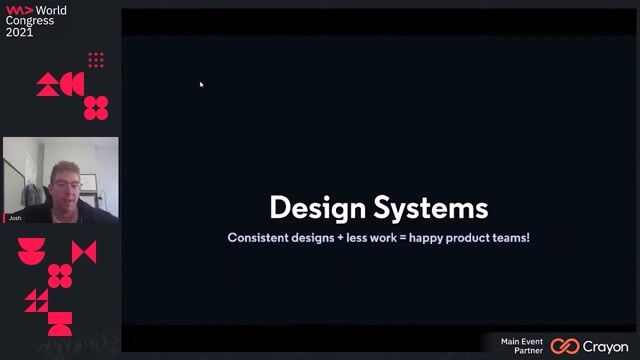
15:48 MIN
Creating a cohesive user experience with design systems
Microfrontends at Scale

21:40 MIN
Best practices for documenting a design system
Microfrontends at Scale

21:19 MIN
Sharing UI components and ensuring design consistency
Independently together: how micro-applications improve developer experience + app performance

12:16 MIN
Creating a shared language with design systems
Bridging the gap between design and development

00:31 MIN
Figma's evolution into a product development platform
Designing the Future of Human<>Agent Collaboration
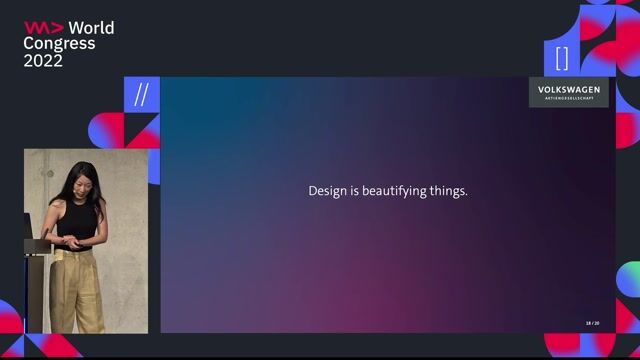
31:55 MIN
Viewing design as an algorithm, not a feature
Design as an algorithm, not as a feature

11:37 MIN
Using Storybook to document and refactor components
Building a large, complex product from the ground up with typescript & Atomic Design:lessons learned
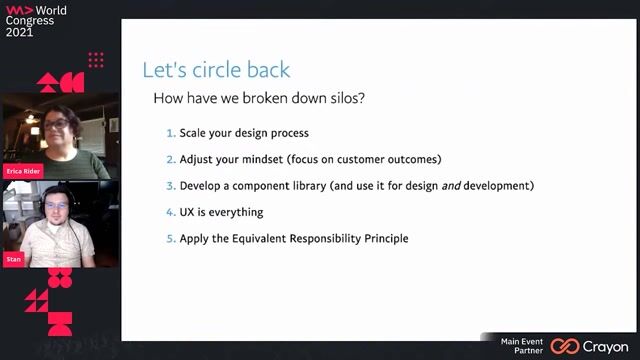
52:47 MIN
Summary of breaking down design and development silos
Breaking Down Silos Between Design and Development
Featured Partners
Related Videos
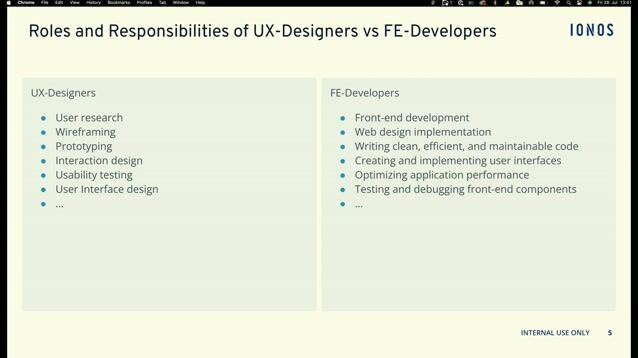 06:16
06:16Bridging the Gap
Philipp Kremer
 39:27
39:27Design as an algorithm, not as a feature
Kaya Sohyun Kim
 13:57
13:57DB UX Design System – How we’ve open sourced our largest inner source project
Anna Schoderer & Maximilian Franzke
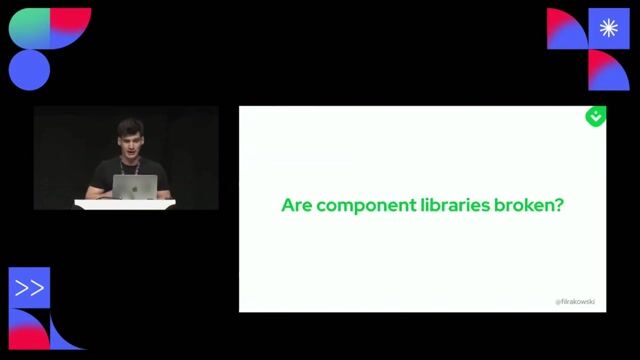 29:44
29:44Building a component library for modern challenges
Filip Rakowski
 29:53
29:53Bridging the gap between design and development
Jade Jiang & Noga Mann
 25:32
25:32Leveraging Storybook for Component Driven Development outside of your classic Component Library.
Emma Britnor
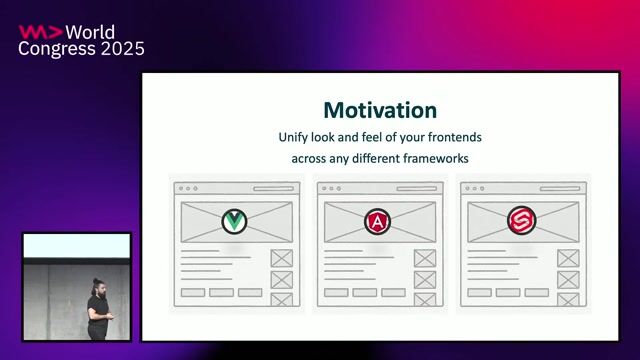 19:46
19:46Building a framework-independent component library
Tobias Scholz
 28:35
28:35Unlocking Seamless Collaboration: Design-First APIs for UI Components
Lucien Immink
From learning to earning
Jobs that call for the skills explored in this talk.






Sr Product Experience Designer - Design System (Strato) - Data Visualization
Dynatrace GmbH
Senior
Figma
Product Management

UX Product Designer für das Design System - STACKIT
Schwarz Dienstleistung KG
CSS
HTML
Figma
Vue.js
Angular
+2


Web- & Digital Designer - Figma, Elementor & Performance Design
Liftoff Marketing GmbH
Remote
€42K
Intermediate
HTML
Figma
WordPress
+3